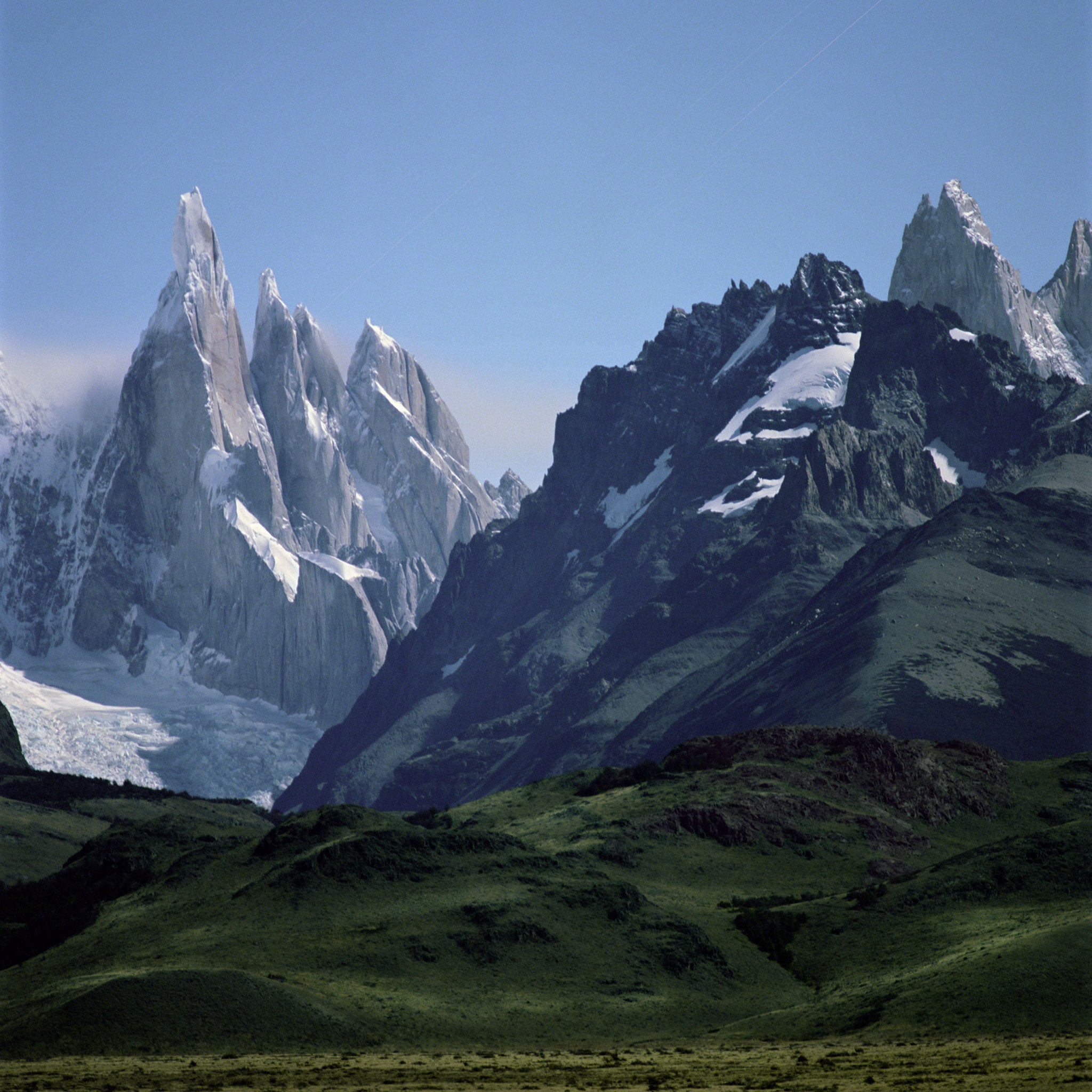Darren Almond at White Cube, review: seductive and unsettling
To Leave a Light Impression; White Cube Bermondsey

The moon is a continuing fascination for the artist Darren Almond, as well as landscape and time. He combines a geologist’s approach to the environment with the eye of a Romantic painter, and expansive mindset of an Eastern monk (scroll to see gallery of Almond's photographs).
He’s best known for his series of photographs of landscapes taken beneath a full moon, in far flung destinations. This time it’s Patagonia, Cape Verde, Tasmania and the Outer Hebrides.
For anyone who loves nature, they’re hypnotic. The black rocky coastline of the Isle of Lewis in Western Scotland, laced with a spooky otherworld mist. The effect comes from a long exposure time, which absorbs the glow of moonlight, and stars appear as silver stripes in the sky.
As seductive as these images are, they’re also unsettling. Dark forests, empty valleys and a single train track through deserted Tasmanian bush-land. It’s a world without people, which could be post apocalyptic.
To Leave a Light Impression: Darren Almond at White Cube
Show all 7Locations are significant. In Quelat a waterfall threads down a gorge into a wide river below. It appears almost tropical but in 1930 there was a glacier in this valley in Chile’s national park. Eucalyptus Trail shows a forest of Blue Gum trees in Tasmania. In the nineteenth century, these trees were imported to California and planted, for use in building railways. They’ve since caused environmental havoc. Gordon River shows a ravaged landscape in Tasmania, post flood. Almond’s seductive photographs contain a polemic on how technology and industrialisation has altered nature.
A new series photographed in daylight shows a giant triptych of gashed blue ice, veined with black, which almost fills an entire gallery wall. Overwhelming in scale, it dwarfs the viewer. Almond was there as chunks of the Perito Mereno glacier fell. He photographed the newly exposed ice, which froze pre ice age. Climate change has revealed the glacier’s secrets too early. The triptych hangs opposite the train track in Tasmania, visually linking industrialisation to climate change - one causing the other.
Almond photographed The Callanish Stones on Lewis in Scotland. These giant totemic objects – a kind of ancient sculpture – stand beneath overcast drizzly Scottish skies. A human lifespan seems very short alongside these ancient rocks, gnarled and mossy, which were put there by our ancestors, four and a half thousand years ago. It’s believed they were used as a lunar clock.
Twelve bronze cylinders are arranged on the floor, each one initialled with two letters. NA is for Neil Armstrong, BA for Buzz Aldrin: it’s the twelve astronauts who have walked on the moon. They’re arranged like minimalist voodoo dolls, with the dead ones lain on their sides. Each lead filled bronze the same weight as an astronaut. They stand beneath The Callanish Stones, which brings us along a cosmic timeline from ancient to present day.
Almond’s work is captivating and seductive but his more recent series, of The Callanish Stones and Perito Mereno glacier, lack the depth and impact of his Full Moon series. Their scale feels as though it’s compensating for artistic self-doubt, like when we over exaggerate about something because deep down we’re not really sure.
To Leave a Light Impression is at White Cube, Bermondsey until 13 April
Subscribe to Independent Premium to bookmark this article
Want to bookmark your favourite articles and stories to read or reference later? Start your Independent Premium subscription today.

Join our commenting forum
Join thought-provoking conversations, follow other Independent readers and see their replies